Vaping is becoming an increasing concern across schools, workplaces, and public spaces in the UK. Recent surveys suggest vaping rates are rising, prompting urgent calls for better vape detection UK solutions.
This guide equips you with the vital knowledge needed to understand vape detection UK, from cutting-edge technologies to new regulations and best practice strategies.
You will discover the latest trends, explore compliance updates for 2025, and learn how to implement effective vape detection UK systems. Whether you are safeguarding students, staff, or visitors, this comprehensive resource will help you create safer, healthier environments.
The Growing Need for Vape Detection in the UK
Growing concerns about vaping in schools, offices, and public spaces have made vape detection uk a critical topic for 2025. The increasing accessibility of vaping products, combined with new social trends, has led to a surge in usage among both young people and adults. This section explores why vape detection uk is now essential for institutions and employers, and how proactive measures can help create safer environments.

Understanding the Rise of Vaping in the UK
Vaping has rapidly overtaken smoking as a common habit in the UK. According to recent statistics, more people now vape than smoke, reflecting a significant shift in public behaviour. Schools report record numbers of students using e-cigarettes, while many workplaces and leisure venues face similar challenges.
Several factors have fuelled this rise:
- The ease of purchasing vaping products online and in shops
- Flavoured disposable vapes appealing to younger demographics
- Social media trends normalising vaping culture
The health and safety implications are substantial. Vaping indoors can degrade air quality, trigger respiratory issues, and in some cases, present fire risks. High-profile incidents in UK schools have highlighted the urgent need for vape detection uk systems to protect both students and staff. The impact extends beyond health, as persistent vaping can undermine the learning environment and overall workplace safety.
Challenges Faced by Institutions and Employers
Implementing effective vape detection uk policies is not without its obstacles. Traditional smoke and fire alarms are not designed to identify vape aerosols, making enforcement difficult. This gap allows vaping to go undetected, even in environments with strict no-smoking rules.
Institutions face multiple challenges:
- Monitoring bathrooms, changing rooms, and secluded areas where vaping often occurs
- Balancing privacy concerns with the need for surveillance
- Responding to anti-social behaviour and substance misuse linked to vaping
Case studies reveal that some schools and businesses have struggled to address the issue. Not only does this create reputational risk, but it can also lead to increased costs associated with cleaning, maintenance, and potential fines. For many, the lack of effective vape detection uk strategies has resulted in repeated incidents and growing frustration among staff and stakeholders.
The Benefits of Proactive Vape Detection
Adopting a proactive approach to vape detection uk brings measurable benefits. By deploying modern detection systems, institutions can enhance safety, ensure compliance, and build trust with parents, employees, and visitors.
Key advantages include:
- Early intervention to prevent escalation of vaping behaviour
- Data-driven insights for policy review and improvement
- Demonstrated commitment to safeguarding health and wellbeing
For example, schools and offices that have implemented vape detection uk solutions report a noticeable reduction in incidents and an improved sense of security. These measures support a safer, cleaner environment and set a clear standard for responsible behaviour.
Vape Detection Technologies: How Modern Solutions Work
The rapid increase in vaping incidents across schools and workplaces has accelerated demand for reliable vape detection uk solutions. Modern vape detection uk technology now offers advanced methods to identify and respond to vaping activity, protecting air quality and ensuring compliance.

Types of Vape Detection Devices
Vape detection uk devices have evolved significantly, providing options to suit different environments. The most common technologies include particulate sensors, chemical sensors, and air quality monitors. Each device uses unique methods to detect aerosols and compounds associated with vaping.
A comparison of popular vape detection uk devices:
| Device Type | Detection Method | Connectivity | Typical Use Case |
|---|---|---|---|
| Particulate Sensor | Measures particles | Standalone | Small rooms, toilets |
| Chemical Sensor | Analyses air chemicals | Wi-Fi/Network | Large spaces, offices |
| Air Quality Monitor | Monitors VOCs, PM2.5 | Integrated | Multi-room monitoring |
Wi-Fi enabled vape detection uk systems send real-time alerts to designated staff, while standalone units provide localised alarms. Networked systems offer centralised control and data collection, ideal for multi-site institutions. For a deeper dive into device mechanisms, see Vape detection technology explained.
Key Features and Capabilities
Modern vape detection uk solutions are equipped with features designed for accuracy and usability. Key capabilities include:
- High sensitivity to both nicotine and THC vapour
- Seamless integration with security and building management systems
- Multiple alert modes: visual indicators, audible alarms, mobile notifications
- Comprehensive data logging for compliance and audits
These features enable vape detection uk systems to provide instant notifications, allowing prompt intervention. Data reports generated by these devices support policy reviews and help meet legal obligations. Integration with existing infrastructure streamlines incident response and record-keeping.
Installation and Maintenance Considerations
Proper installation maximises the effectiveness of vape detection uk devices. Optimal placement includes high-risk areas such as bathrooms, classrooms, and communal spaces. Devices can be powered by batteries or connected to mains electricity, depending on facility needs.
Routine maintenance is crucial for consistent performance. Leading manufacturers recommend monthly sensor checks and annual calibration. A sample maintenance schedule for vape detection uk systems might look like this:
- Weekly: Visual inspection for obstructions
- Monthly: Sensor test and battery check
- Annually: Full calibration and software update
Following these schedules ensures devices remain reliable and compliant with institutional standards.
Limitations and False Positives
Despite their sophistication, vape detection uk systems can occasionally trigger false positives. Common causes include aerosol sprays, steam, and confusion with traditional cigarette smoke. Balancing sensitivity with environmental factors is essential, especially in busy settings.
Best practices to minimise false alarms:
- Adjust sensitivity settings for each location
- Educate users about substances that may cause triggers
- Regularly review alert logs for patterns
Sample alert protocol:
If alert triggered:
1. Confirm source via on-site check
2. Log incident and review camera footage if available
3. Reset device and adjust sensitivity if required
This approach ensures vape detection uk alerts are handled efficiently and accurately.
Cost Factors and ROI
Investing in vape detection uk technology involves both upfront and ongoing costs. Initial expenses include device purchase and installation, while operational costs cover maintenance and data management. Multi-site deployments may benefit from bulk pricing or cloud-based management solutions.
A simple comparison:
| Cost Element | One-Off | Ongoing |
|---|---|---|
| Device Purchase | Yes | No |
| Installation | Yes | No |
| Maintenance | No | Yes |
| Software/Reporting | No | Yes |
Calculating return on investment is straightforward when factoring in incident reduction, improved air quality, and decreased staff time spent on manual monitoring. Educational trusts and businesses report measurable benefits after adopting vape detection uk systems, making them a sound choice for safeguarding environments.
Vape Detection and UK Law: Regulations and Compliance in 2025
Navigating the legal landscape of vape detection uk is essential for any institution aiming to maintain compliance and ensure a safe environment. As vaping continues to rise in popularity, especially among young people, the legal requirements and expectations for monitoring and enforcement are evolving rapidly. Understanding how vape detection uk fits within the broader regulatory context is key for schools, businesses, and public venues.

Current UK Legislation on Vaping Indoors
The legal framework for vape detection uk has changed significantly in recent years. National laws now clearly prohibit vaping in most enclosed public spaces, mirroring restrictions on traditional smoking. However, local authorities may impose additional regulations, especially in schools and healthcare settings.
A key difference between smoking and vaping policies is the approach to enforcement. Smoking bans are well established, while vaping regulations are still adapting to new products and behaviours. The Fire Safety Order and Health and Safety at Work Act both influence how vape detection uk is implemented, as vaping can impact air quality and pose fire risks.
| Policy Aspect | Smoking | Vaping |
|---|---|---|
| Indoor Ban | Yes | Yes (most cases) |
| Enforcement Body | Local Authority | Local Authority, Ofsted, HSE |
| Penalties | Fixed Fines | Fines, Warnings, Policy Action |
Institutions must stay up to date with the latest guidance to avoid legal and reputational risks.
Evolving Compliance Requirements for 2025
Looking ahead to 2025, the compliance landscape for vape detection uk is set to become even more rigorous. The government is expected to tighten regulations in response to rising youth vaping rates. Ofsted, the Health and Safety Executive, and local councils will play a greater role in monitoring adherence, particularly in educational environments.
Recent enforcement actions have highlighted the consequences of non-compliance. Fines, warnings, and public scrutiny can follow if institutions fail to manage vaping effectively. For the most up-to-date requirements in schools, UK school vaping laws 2025 provides detailed guidance on what headteachers need to know this year.
By proactively investing in vape detection uk solutions, organisations can demonstrate their commitment to safeguarding and stay ahead of regulatory changes.
Best Practices for Meeting Legal Obligations
Meeting legal obligations for vape detection uk involves more than simply installing technology. Institutions should develop robust anti-vaping policies, ensure staff are well trained, and gather evidence using detection data.
Key steps include:
- Creating clear, accessible policies outlining consequences for vaping
- Delivering regular staff and student training on regulations
- Documenting incidents and responses using vape detection uk systems
- Communicating policies to all stakeholders, including parents and visitors
These measures help build trust and demonstrate due diligence, reducing the risk of penalties or reputational damage.
Vape Detection and Data Privacy
With the rise of digital vape detection uk systems, data privacy has become a central concern. Schools and employers must manage detection data in line with the General Data Protection Regulation (GDPR).
Best practices for data privacy include:
- Limiting access to detection logs to authorised personnel only
- Storing data securely, with regular audits to ensure compliance
- Providing transparency to users about how monitoring works
Balancing effective monitoring with respect for privacy is crucial. Following guidance from regulatory bodies helps institutions use vape detection uk responsibly while protecting individual rights.
Implementing Vape Detection: Step-by-Step Guide for 2025
Introducing vape detection uk solutions into your environment requires a thoughtful, systematic approach. This guide outlines the essential steps, ensuring you address risks, choose suitable technology, and maintain ongoing compliance. Each stage supports a safer, healthier space for everyone.
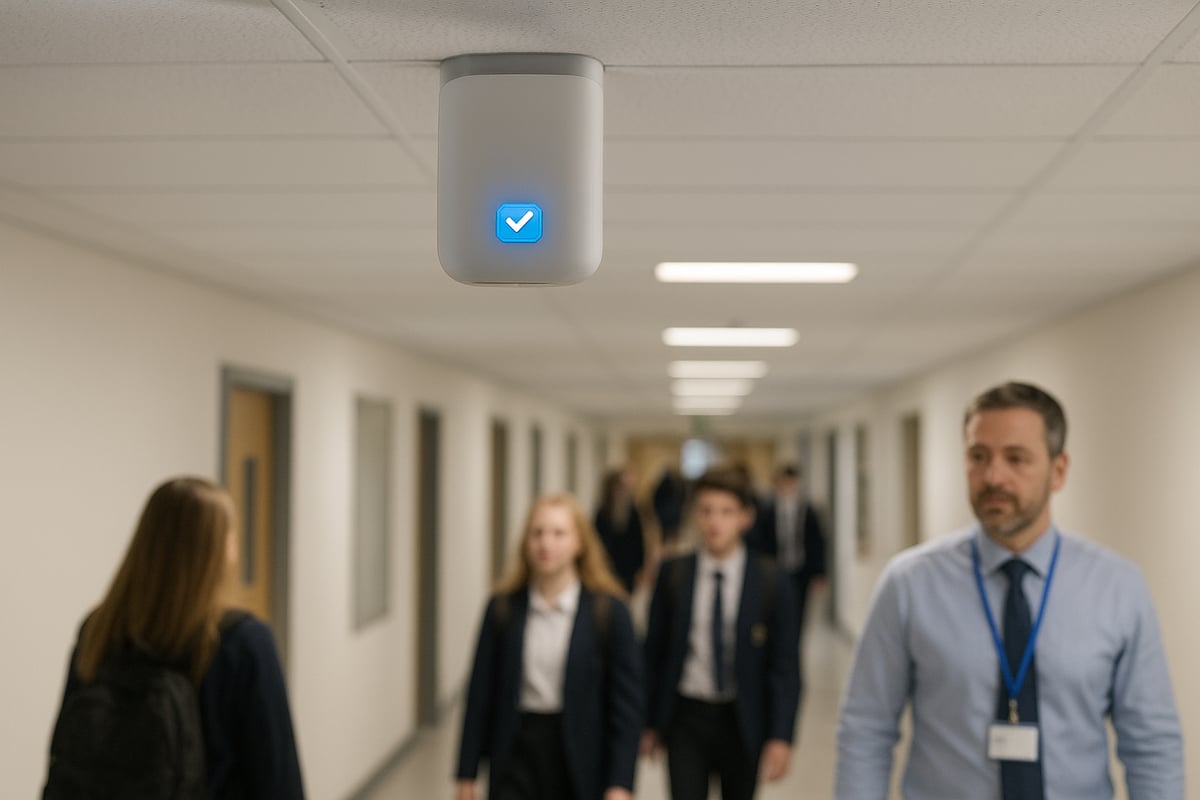
Assessing Your Environment and Needs
The first step in vape detection uk implementation is a comprehensive risk assessment. Identify where vaping is most likely to occur, such as toilets, changing rooms, stairwells, or secluded communal areas. Use incident reports, staff feedback, and air quality data to map out these hotspots.
Conduct a site survey, noting building layout, airflow, and existing security systems. In schools, involve safeguarding leads and facilities teams to ensure all perspectives are considered. For workplaces, consult HR and health and safety representatives.
Create a prioritisation matrix to rank high-risk areas. This ensures the most vulnerable zones receive immediate attention when deploying vape detection uk technology. Document your findings to support future policy reviews.
Selecting the Right Vape Detection Technology
Choosing the correct vape detection uk system involves evaluating several factors. Compare device sensitivity levels to ensure detection of both nicotine and THC aerosols. Review integration capabilities with existing fire alarms, access controls, or building management software.
Assess vendor support, warranty terms, and software update policies. Some detectors offer real-time app notifications, while others focus on discreet visual or audible alerts. Consider the scale of your deployment, from single-site to multi-academy trust environments.
Budgeting is a vital part of this process. Explore resources like the Vape detector cost and ROI guide to understand upfront and operational costs. This helps justify investment to stakeholders and demonstrates the long-term value of vape detection uk solutions.
Installation and Integration Process
Once you have selected your vape detection uk devices, create a detailed installation plan. Begin with a pilot in one or two high-priority areas, then scale up based on feedback and results.
Coordinate installation with IT teams if integrating with networked systems, or with maintenance teams for mains-powered units. Devices should be positioned for optimal airflow exposure, away from vents or open windows that could dilute aerosol concentrations.
Test each detector thoroughly before going live. Develop a checklist for system integration, ensuring alerts are routed correctly to designated staff. Document the entire process for future reference and compliance audits, supporting the effectiveness of your vape detection uk deployment.
Training Staff and Raising Awareness
Effective vape detection uk implementation depends on informed staff and engaged users. Develop training materials outlining how the system works, what triggers alerts, and how to respond.
Host awareness sessions for students or employees, explaining the purpose of vape detection uk measures. Highlight health, safety, and safeguarding benefits to encourage buy-in rather than resistance.
Display clear signage in monitored areas to deter would-be vapers. Regularly update training as technology evolves or policies change. This proactive approach reduces incidents and fosters a culture of compliance around vape detection uk.
Ongoing Monitoring, Maintenance, and Reporting
Monitoring and maintaining your vape detection uk system is crucial for long-term success. Establish clear alert protocols, defining who receives notifications and how incidents are logged.
Schedule regular checks for device calibration, battery life, and software updates. Many manufacturers recommend quarterly inspections and annual servicing to maintain accuracy.
Generate periodic reports for leadership, highlighting trends and incident reductions. Use this data to refine policies and demonstrate the impact of your vape detection uk investment. Continuous improvement ensures your environment remains safe and compliant.
Real-World Applications and Success Stories
Institutions across the UK are turning to vape detection uk solutions to tackle the persistent challenge of vaping in educational, professional, and public settings. Real-world case studies reveal how these systems are driving positive change, supporting compliance, and creating safer environments.
Vape Detection in UK Schools and Colleges
Schools have seen a notable rise in vaping among students, prompting urgent action. Many UK academies and colleges have installed vape detection uk systems in restrooms, corridors, and communal areas. These devices enable staff to identify incidents quickly, intervene before issues escalate, and maintain compliance with strict anti-vaping regulations.
For example, a multi-academy trust in the Midlands reported a significant reduction in vaping incidents within the first term of deploying a comprehensive detection network. Students and parents responded positively, appreciating the commitment to health and safety. Staff now have access to detailed incident logs, supporting policy reviews and safeguarding measures.
Community engagement has also grown, with parents involved in awareness campaigns and students participating in educational sessions. Real-world results, such as those detailed in Real-world vape detection case studies, demonstrate improved student wellbeing and stronger trust between schools and families.
Offices, Hospitality, and Leisure Spaces
Businesses face unique challenges in enforcing vaping bans, especially in open-plan offices, gyms, and hotels. Vape detection uk technology is helping organisations maintain professional standards, protect air quality, and address complaints from staff and visitors.
For instance, an office complex in Manchester installed networked detectors throughout its premises. The result was a sharp decline in vaping-related fire alarm activations and a noticeable boost in employee morale. In hospitality settings, gyms and hotels have leveraged these systems to uphold their smoke-free commitments and bolster customer satisfaction.
Reputation management is another key benefit. Organisations using vape detection uk solutions can demonstrate compliance and a proactive stance on health, which enhances their appeal to clients and prospective employees. These tangible outcomes make vape detection a smart investment for businesses prioritising safety and wellbeing.
Public Sector and Healthcare Environments
Public sector buildings and healthcare facilities have distinct requirements when it comes to vape detection uk. Hospitals and council offices must ensure both staff and public safety, maintain regulatory compliance, and protect vulnerable populations from exposure to aerosols.
A notable example is an NHS trust that implemented vape detection uk devices across several hospital sites. The initiative led to improved air quality in wards and waiting areas, reducing staff exposure to second-hand vapour. It also supported compliance with health and safety standards, reassuring both patients and inspectors.
In council buildings, these systems help authorities uphold local regulations and respond swiftly to incidents. The adaptability of vape detection uk solutions makes them suitable for diverse environments, from libraries to leisure centres, where public health is a top priority.
Lessons Learned and Best Practices
Successful adoption of vape detection uk technology hinges on leadership, clear communication, and ongoing engagement. Institutions that involve key stakeholders early, provide staff training, and use data-driven insights see the best results.
Key takeaways include:
- Establishing clear anti-vaping policies and communicating them widely
- Integrating detection alerts with response protocols for swift action
- Regularly reviewing incident data to refine strategies and ensure compliance
Adapting approaches for different settings is essential. What works in a secondary school may differ from the needs of an office or hospital. Drawing on Real-world vape detection case studies can help organisations learn from peers and adopt proven methods.
Ultimately, a combination of technology, education, and collaboration drives the most effective results in vape detection uk initiatives.
The Future of Vape Detection in the UK: Trends and Innovations
The landscape for vape detection uk is evolving rapidly as technology advances and public health priorities shift. Institutions and businesses must stay informed about the latest developments to maintain safe, compliant environments. This section explores the most significant trends and innovations shaping vape detection uk through 2025 and beyond.
Emerging Technologies and AI Integration
Cutting-edge advancements are transforming vape detection uk, making systems smarter and more effective. Machine learning algorithms now enable detectors to distinguish between vape aerosols and harmless substances like steam or air freshener. These AI-driven solutions reduce false positives, improving trust and efficiency.
Predictive analytics is another innovation, allowing institutions to identify vaping hotspots and anticipate incidents before they escalate. Integration with mobile apps and cloud platforms offers real-time monitoring and rapid response capabilities. Schools and offices benefit from these systems, as they provide actionable data for early intervention.
Key technology trends include:
- AI-enhanced sensors for precise detection
- Automated alerts to designated staff or security
- Data analytics dashboards for incident tracking
With these tools, vape detection uk is becoming more proactive, helping to create safer environments for everyone.
Anticipated Regulatory Changes and Market Growth
The regulatory landscape for vape detection uk is poised for significant change. The UK government has already announced a ban on single-use vapes starting June 2025, aiming to reduce youth vaping and environmental impact. This policy shift is covered in detail in the report, UK bans single-use vapes to stem use by children and reduce harmful litter.
Beyond product bans, stricter enforcement and new compliance requirements are expected for schools, offices, and public venues. As regulations tighten, demand for reliable vape detection uk solutions is set to rise. Forecasts suggest that adoption rates will increase across educational, commercial, and healthcare sectors as organisations seek to avoid fines and reputational harm.
Market drivers include:
- Enhanced government oversight
- Public health campaigns targeting vaping
- Increased funding for detection technology
Staying ahead of these changes is essential for long-term compliance and success.
Enhancing Safety and Wellbeing Beyond Vape Detection
Modern vape detection uk solutions are moving beyond basic detection, integrating with broader air quality and anti-social behaviour monitoring systems. This holistic approach supports wider safeguarding and health objectives, creating a more comprehensive risk management strategy.
By combining vape detection with CO2 monitoring, temperature sensors, and behavioural analytics, organisations can proactively address multiple threats. This not only improves air quality but also helps identify patterns of anti-social behaviour or substance misuse.
Benefits of integrated systems:
- Unified dashboards for all safety alerts
- Streamlined response protocols
- Improved reporting for compliance audits
Such solutions reinforce a culture of safety and wellbeing, supporting both prevention and early intervention efforts.
Preparing for 2025 and Beyond
To remain compliant and effective, institutions must future-proof their vape detection uk strategies. Regular review of policies, ongoing staff training, and investment in adaptable technology are vital steps. Consulting government guidance, such as the evidence outlined in Tobacco and vapes: evidence to support legislation, helps ensure alignment with best practice.
Key recommendations for 2025 include:
- Conducting annual environment risk assessments
- Selecting scalable, update-ready vape detection uk systems
- Engaging stakeholders in awareness initiatives
Continuous improvement, informed by data and stakeholder feedback, will enable organisations to stay ahead of evolving threats and regulatory demands. Proactive planning today lays the foundation for safer, healthier spaces in the years to come.
As we’ve explored, staying ahead of vaping trends and regulatory changes in the UK is crucial for creating safer schools, offices and public spaces. With advanced detection technology and real time alerts, you can take proactive steps to protect your environment and support compliance. Whether you’re facing challenges with enforcement or aiming to enhance wellbeing in your building, expert guidance makes all the difference. If you’re ready to take the next step and want tailored advice for your specific needs, I invite you to talk to our team and protect your building today.

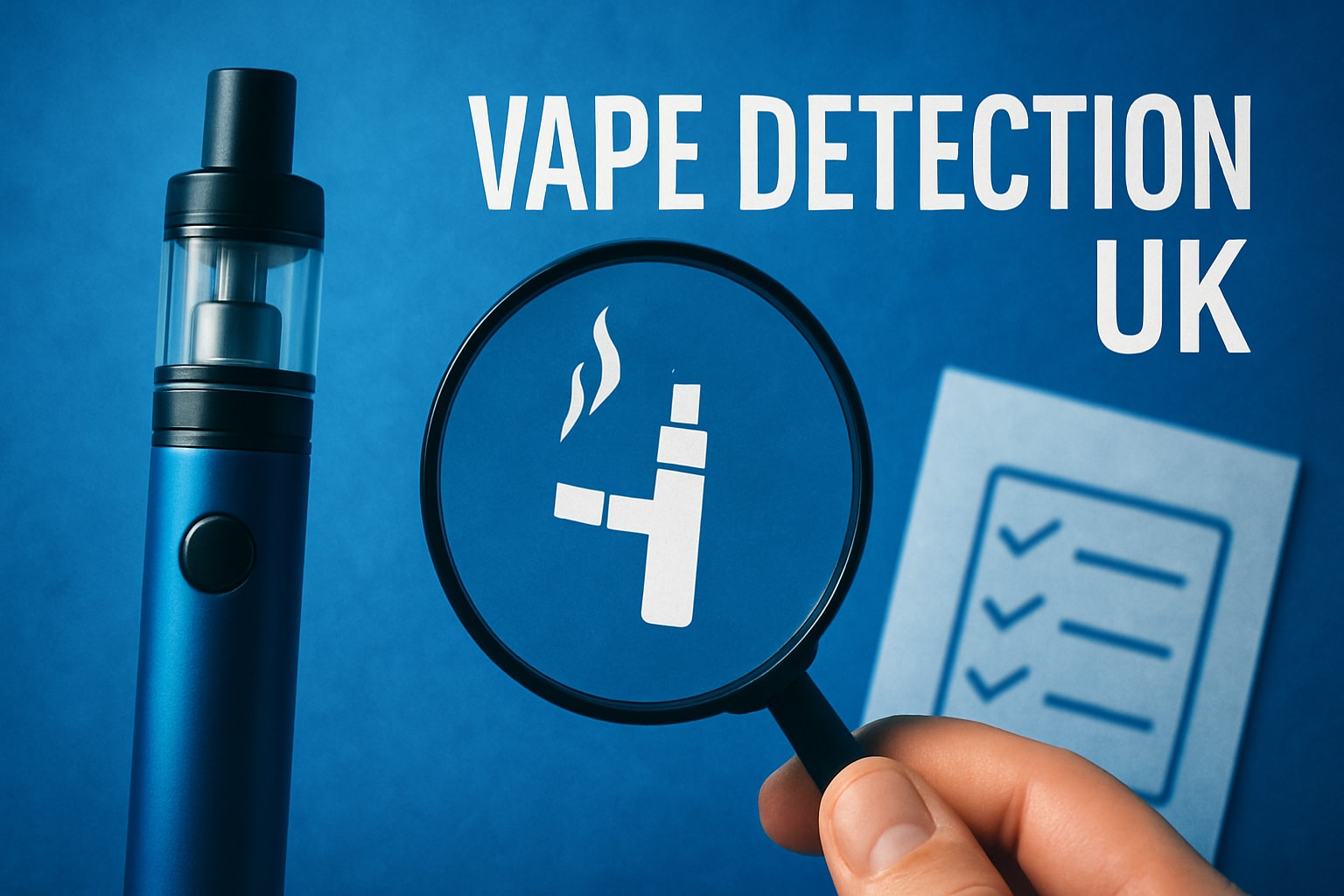
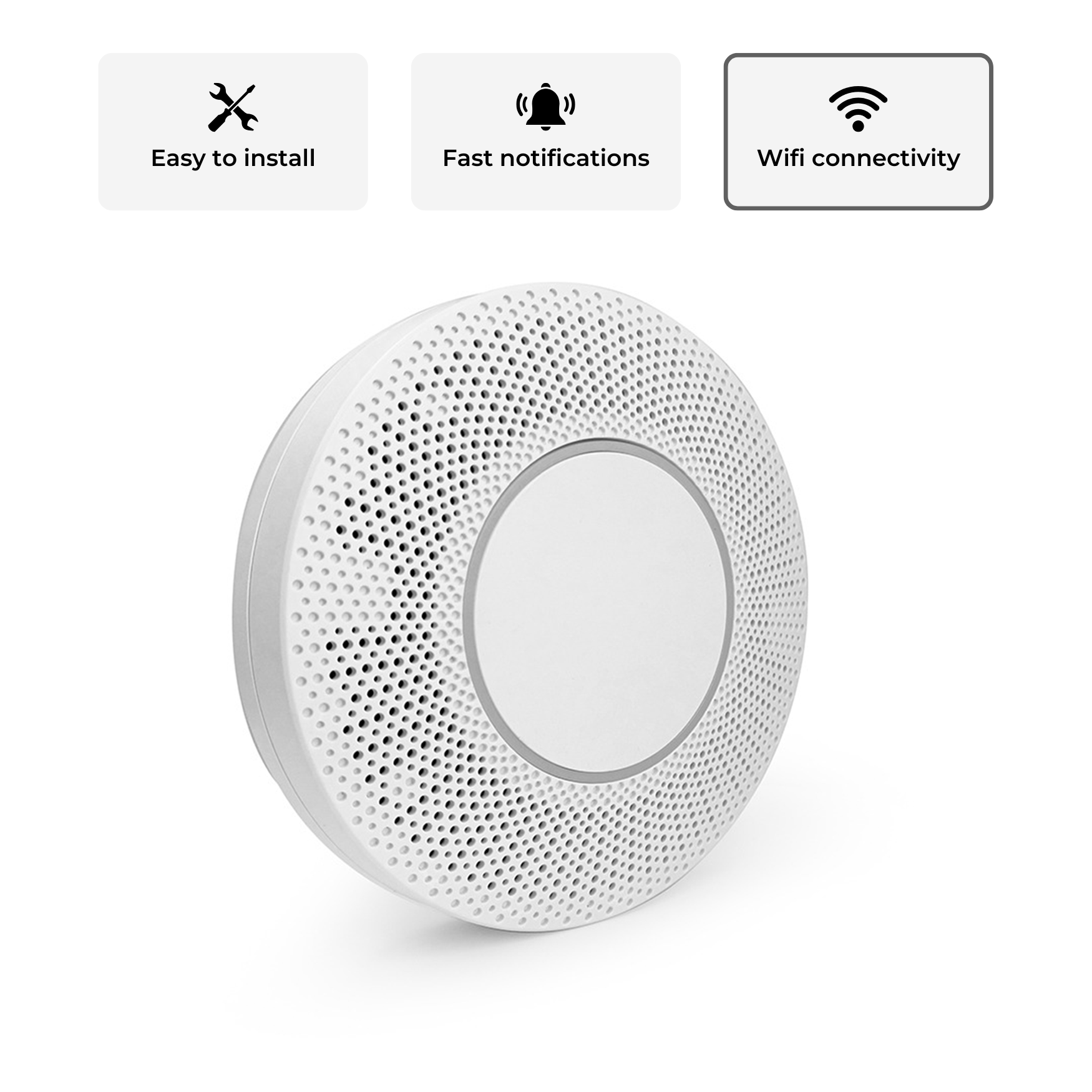
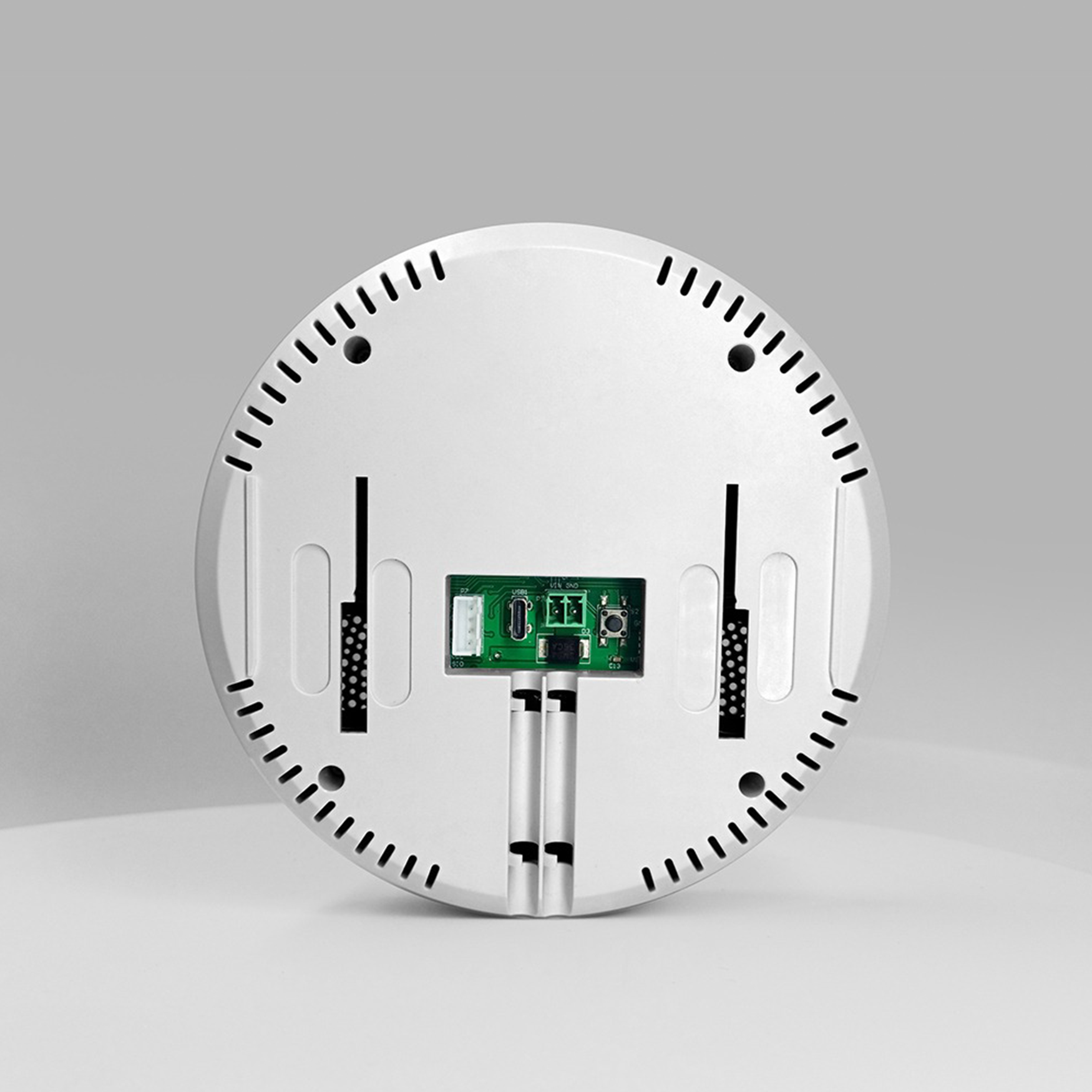

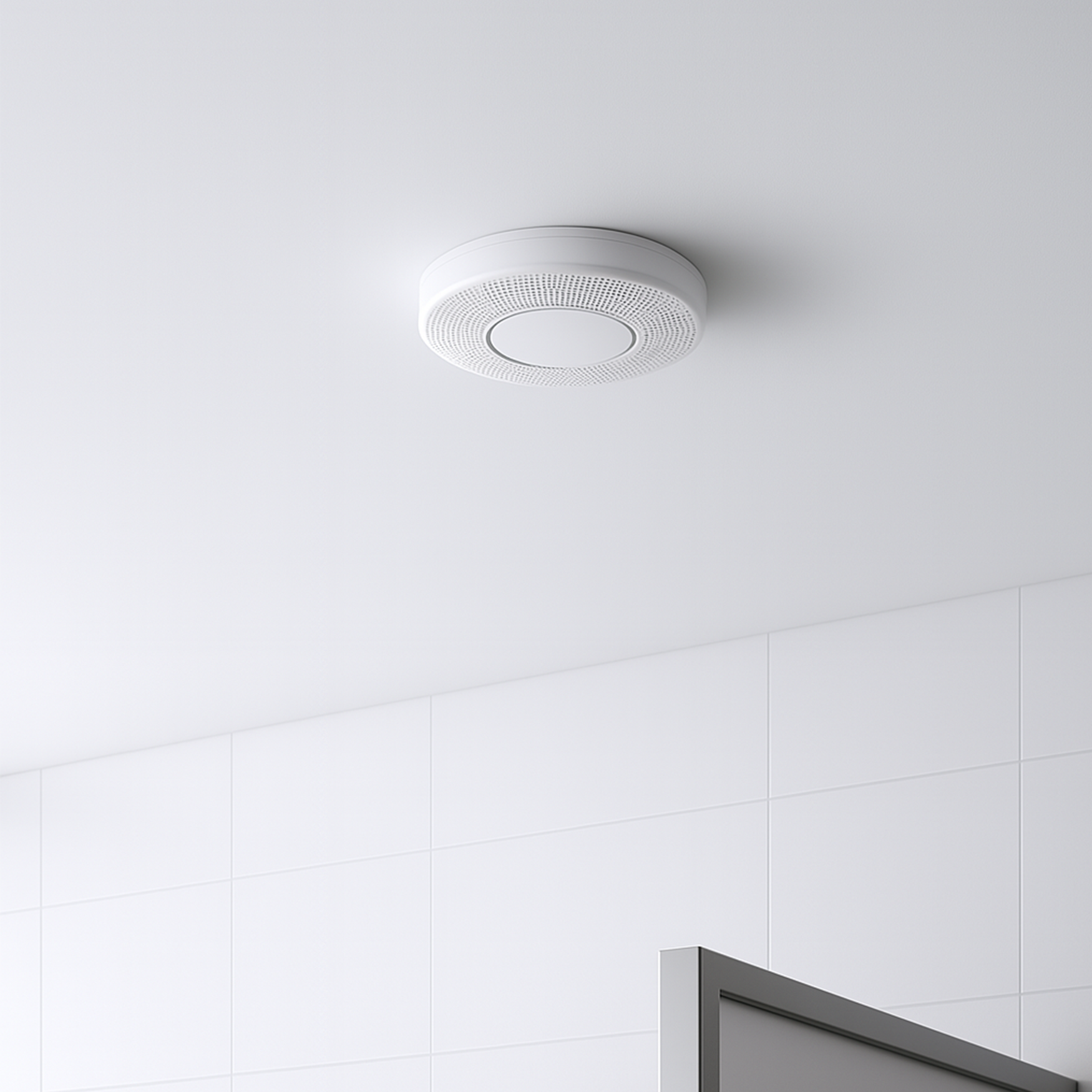
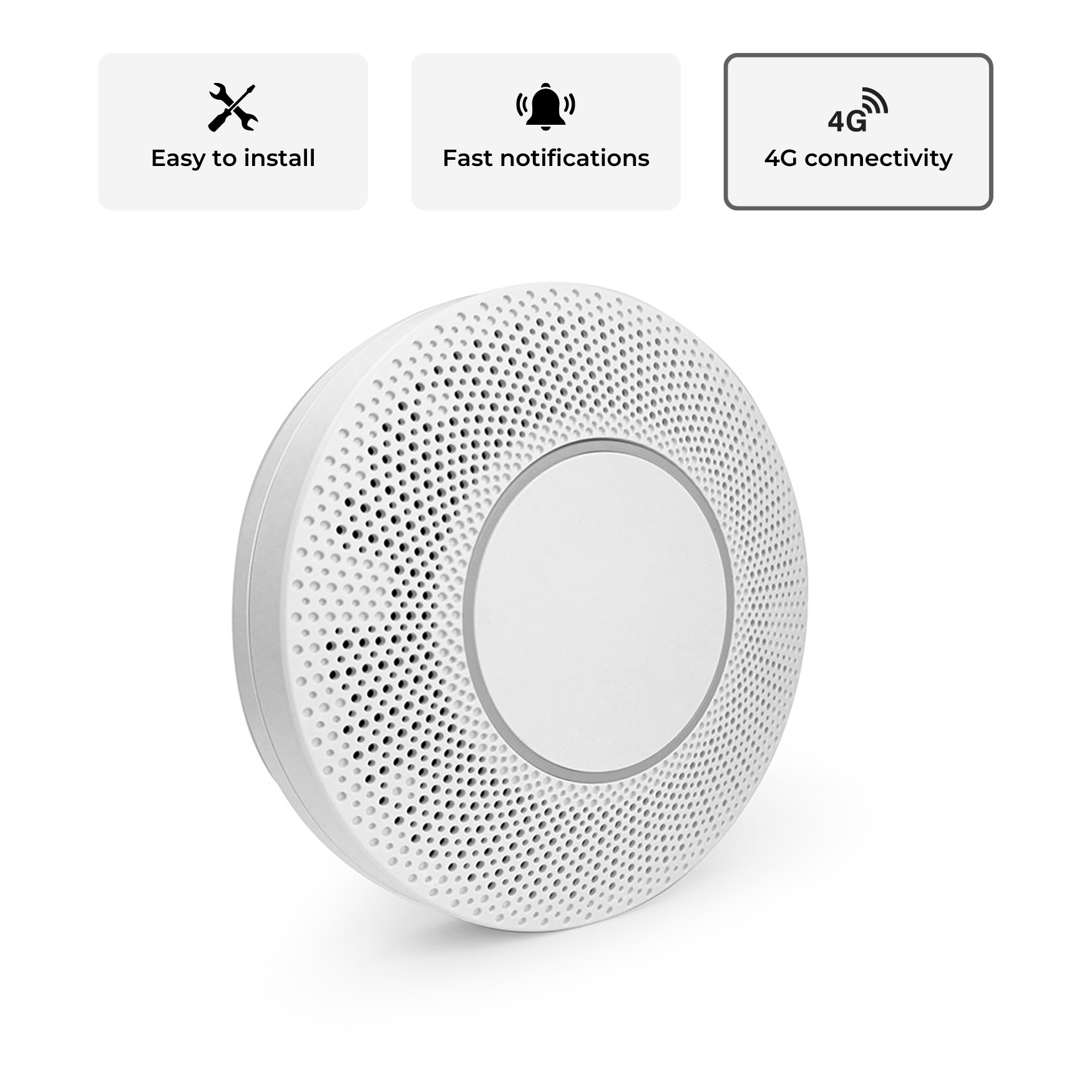

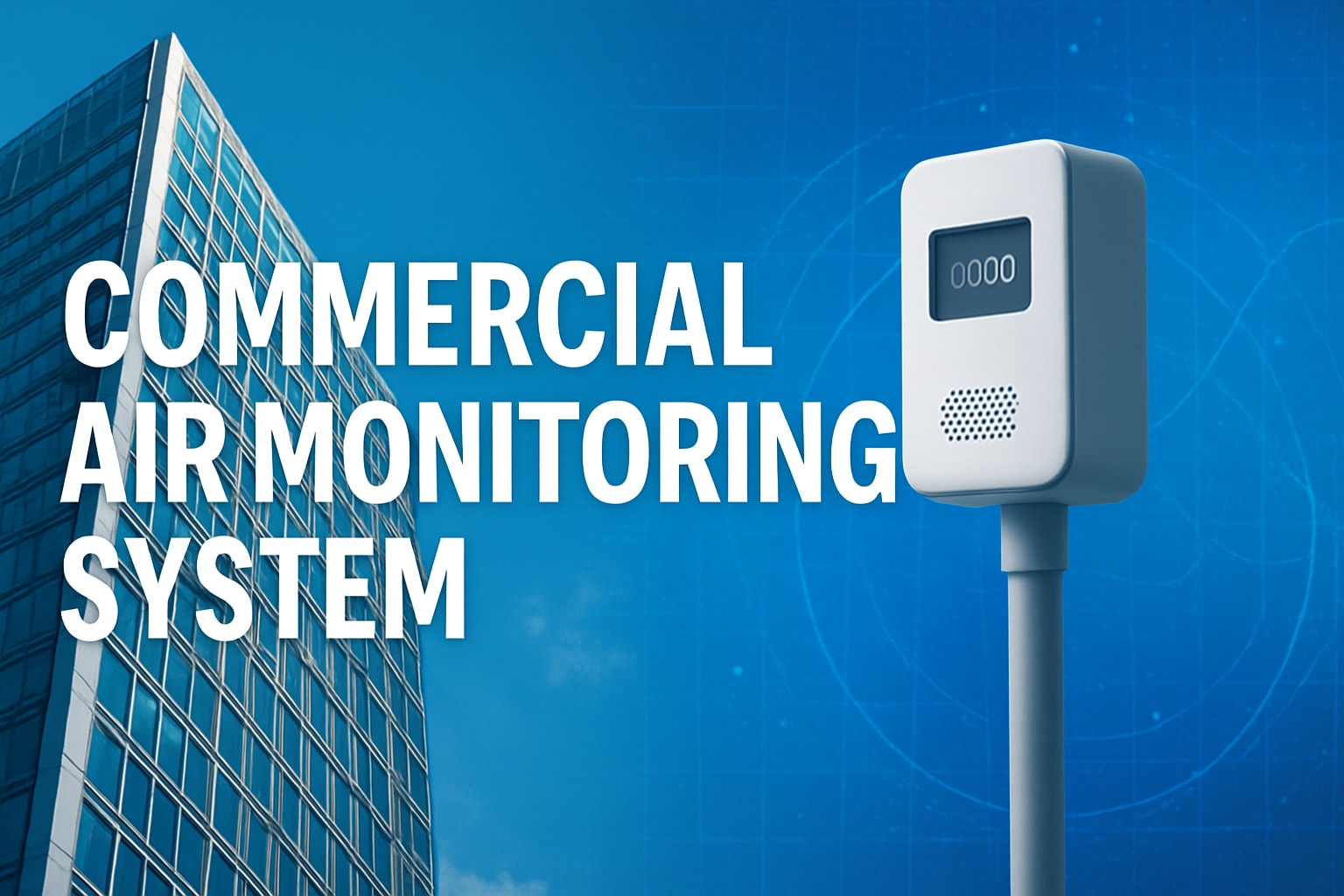


Share:
Vape Sensor for Offices: The Essential Guide for 2025
AirGuard Smoke Detector Guide: Essential Insights for 2025